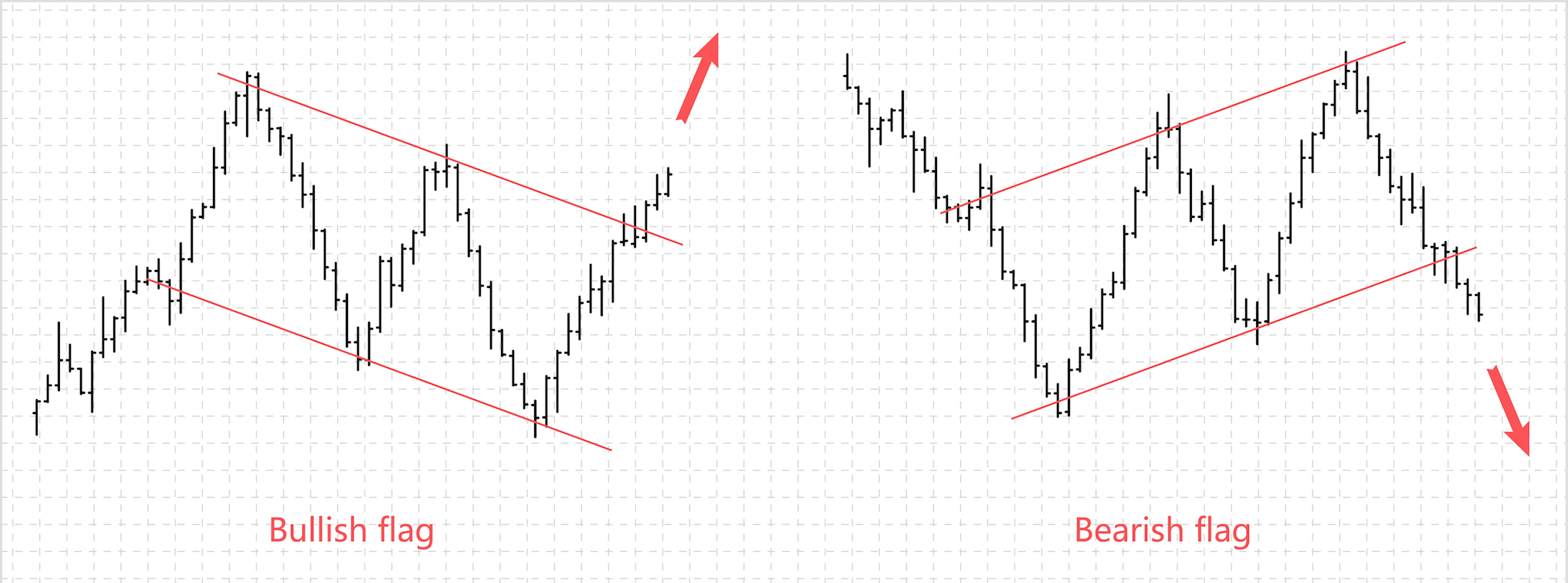Difference between bull and bear markets

The terms “bull market” and “bear market” are widely used in the financial world to describe the directions in which markets move. Understanding the differences between these two types of markets is essential, as this knowledge aids in developing trading strategies and managing risks effectively.
A bull market is characterized by a sustained increase in the prices of financial instruments, such as stocks, currencies, commodities, or other assets. This upward trend is typically accompanied by investor optimism, increased trading volume, and favorable economic indicators.
The defining feature of a bull market is the prolonged rise in asset prices, often accompanied by an increase in market capitalization and rising indexes. Bull markets commonly coincide with periods of economic expansion, low unemployment, and rising consumer incomes. As demand for assets grows, trading volume and market liquidity tend to increase as well.
During a bullish phase, investors might become overly confident in their decisions, leading them to believe that prices will continue to rise indefinitely. This excessive optimism can result in inflated valuations and insufficient risk assessment, making traders vulnerable to sudden downturns.
In a bull market, fear of missing out (FOMO) can drive investors to purchase assets at elevated prices without conducting thorough analyses, which can lead to regrettable decisions.
In contrast, a bear market is characterized by a sustained decline in asset prices. This market condition is generally associated with pessimism among investors, decreased trading volume, and negative economic indicators.
A bear market’s primary characteristic is the extended fall in asset prices, resulting in reduced market capitalization and declining indexes. As confidence erodes, investors may embark on mass sell-offs, further accelerating the decrease in prices. Bear markets are often linked with economic downturns, rising unemployment rates, and declining consumer income levels.
In a declining market, fear and panic can sweep through the investor community, prompting widespread asset sales. Investors may sell their holdings at lower prices to avoid further losses, which creates a reinforcing cycle of declining prices.
During bear markets, investor sentiment shifts toward a lack of confidence in future market performance, leading to reduced investments and diminished liquidity.
Each type of market possesses its unique characteristics, psychological factors, and trading strategies. It is vital for traders to remain flexible and adapt their approaches according to prevailing market conditions while considering the influence of external factors like monetary policy, fiscal measures, and market psychology.
In conclusion, understanding the dynamics of both bull and bear markets equips traders with the necessary insights to navigate the Forex market successfully. By developing strategies tailored to the current market conditions and being aware of the psychological aspects at play, traders can maximize their chances of profitability, regardless of which direction the market takes. Embracing this knowledge will ultimately foster a more effective and resilient trading approach in the ever-evolving landscape of financial markets.